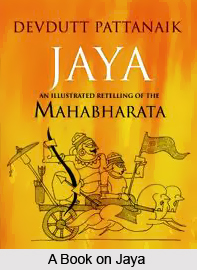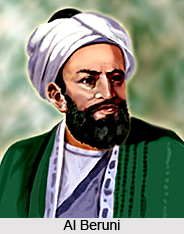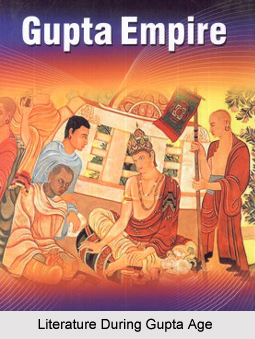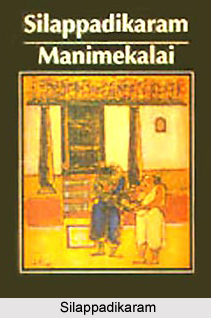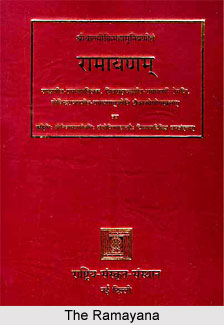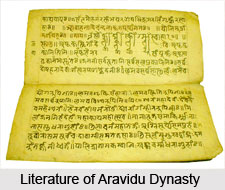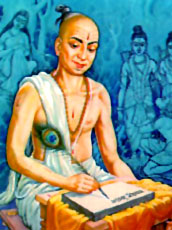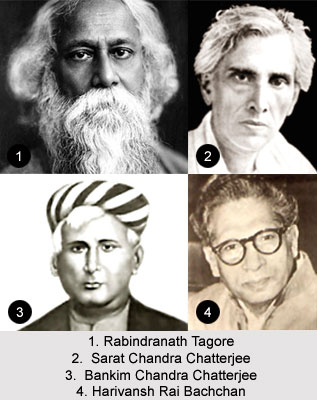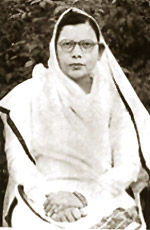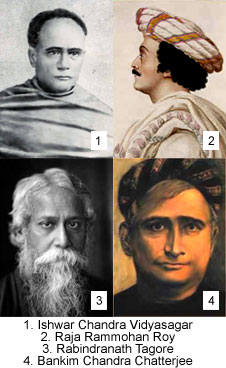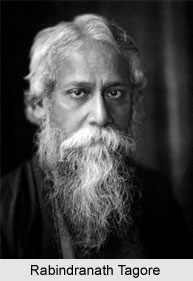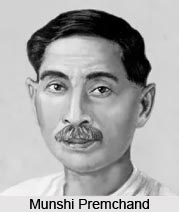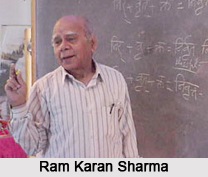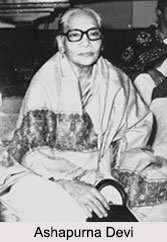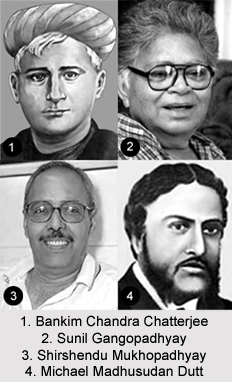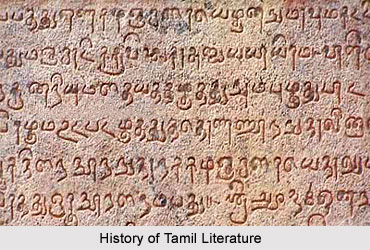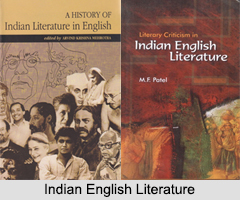Telugu novels in the early twentieth century were a flourishing literary domain. A number of publishing houses that came into existence in the early twentieth century lent tremendous support to the growth of the novel. Saraswathi Granthamala (1898), Vignanachandrika Granthamala (1903), Andhra Pracharini Granthamala (1911), and Veguchukka Granthamala (1911) were, to a large extent, responsible for the consolidation of narrative tradition in Telugu. The spread of English education brought Telugu youth into contact with nineteenth-century novelists like Scott and Goldsmith. More important, the novel in Bengal had already grown into a powerful literary form and began playing a vital role in the cultural revival, and this had a definite impact on the developments of the Telugu novel in its formative phase.
One of the most important developments of this phase is a sudden spurt of translations of Bengali novels. Venkata Parvateesa Kavulu rendered several of Bankim Chandra Chatterjee`s novels into easy and readable Telugu. These include Rajasimham (1912) and Krishnakanthuni Marana Sasanam (1914). Chaganti Seshaiah`s Durgesa Nandini (1911) and Navab Nandini (1915), too, were received with great enthusiasm by Telugu readers. Among the other Bengali novelists to be translated into Telugu were Sarat Chandra Chatterjee and Rabindranath Tagore. These translations not only aroused a keen interest in novel reading but also provided inspiration and a sense of direction to Telugu novels.
In this phase, the Telugu novel considerably widened the scope of its various themes but made little progress in terms of technical sophistication. A number of social and historical novels were written during this phase. The social novels of this period, such as Matru Mandiram (1920) by Venkata Parvateesa Kavulu and Chilakamarti`s Ganapathi (1920), focus on the customs and cultural conflicts of Telugu Brahmin families during the transitional period. However, even though the writers urge for social reform, they do not look to the experience of the socially deprived of society for their fictional subjects. The historical novels by far outnumber the social novels during this phase.
The cultural revival of the early twentieth century, the nascent spirit of nationalism, and love of freedom filled the writers with a patriotic fervour. Narrating history may be viewed as a part of the retrieval of the past and a revival of lost glory. Chilakamarthi`s Vishnuvardhanudu (1927), Ketavarapu Venkata Sastry`s Rayachuru Yudhdham (1914) and others are some notable examples of this trend. Even in historical novels, the writers rarely let go an opportunity to urge change and social reform.
Thus novels in the early decades of the twentieth century were an important component of the Telugu literary field and made significant advance during this period.
